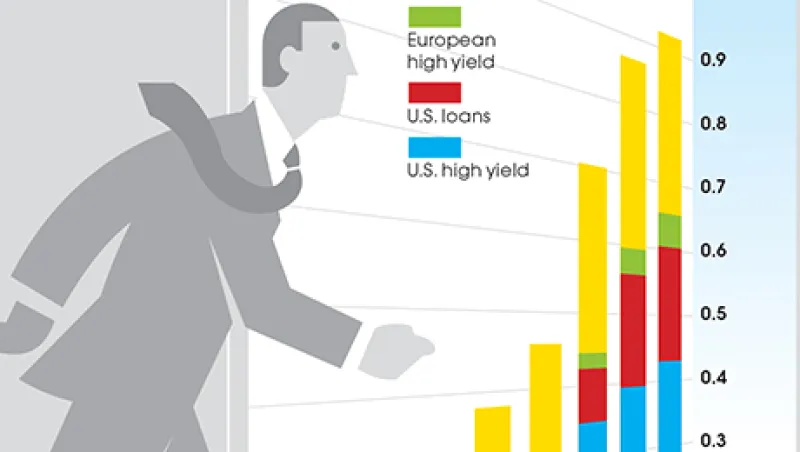Capital markets have stepped up to provide a growing share of credit as banks have retrenched, but is this trend too much of a good thing? Since 2008 mutual funds and exchange-traded funds have gone on a binge, increasing their holdings of U.S. loans, high-yield bonds and emerging-markets bonds nearly fivefold, to more than $900 billion. The search for yield in today’s zero-rate environment has been a mass phenomenon.
What happens if investors take flight? Emerging-markets economies got a taste of that in last year’s taper tantrum; markets could get another jolt if the U.S. Federal Reserve starts raising rates next year. In its latest Global Financial Stability Report, the International Monetary Fund warns that inflows into credit-oriented mutual funds have provided “an illusion of liquidity.” Concentrated holdings among large fund companies pose an added risk, it says. More than 60 percent of the external debt issued by Qatar National Bank is held by just two firms: Pacific Investment Management Co. and DWS Investments, the mutual fund arm of Deutsche Bank; PIMCO holds some 40 percent of Bank of China’s debt.





